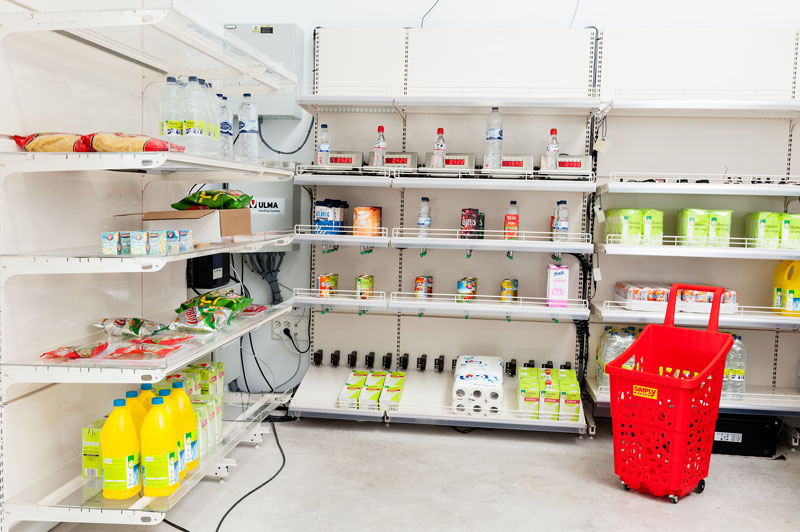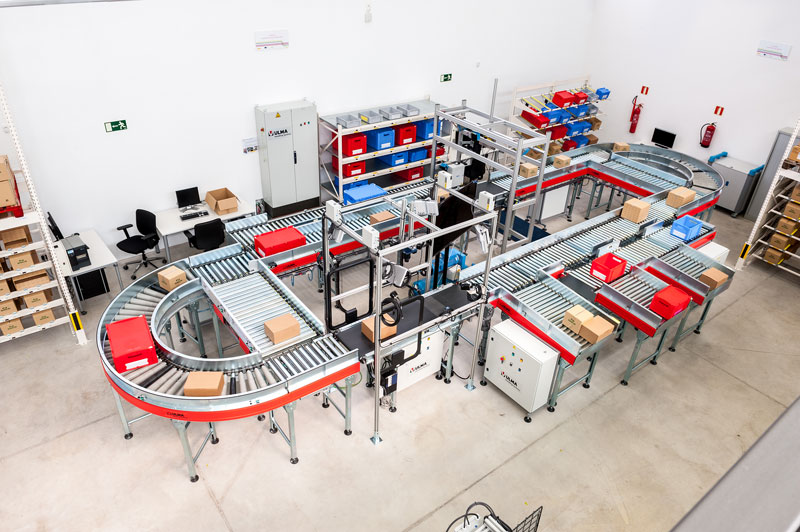by Miguel A. Barcelona, Aragón Institute of Technology
Information and Communication Technologies (ICT) have become a key element in improving collaboration and decision-making in the field of transport and logistics. The Spanish ICT4Logistics Demonstration Centre is a test-bed infrastructure where providers or potential customers may run pilots and demonstrations.
Today’s business environment is characterised by complex and dynamic supply chains (SC) [1]: an organisation’s decisions are increasingly influenced by the decisions of others who are linked in a value chain [2]. Consequently, Information and Communication Technologies (ICT) have become a key element in improving collaboration and decision-making in the field of transport and logistics.
The Spanish ICT4Logistics Demonstration Centre [L1] is a public initiative promoted by Red.es [2], the public corporate entity attached to the Ministry of Industry, Energy and Tourism which is responsible for promoting the development of the Information Society in Spain, in collaboration with the Aragon regional Government and the Aragon Institute of Technology (ITAINNOVA) [L3].

Figure 1: Point of sale infrastructure.

Figure 2: Warehouse infrastructure.
A public demonstration centre is a physical space in which ICT companies offer practical demonstrations of products and services designed to improve productivity and competitiveness, to other companies, which may be potential users of technology. Each demonstration centre also acts as a meeting point for regional innovation and the needs of small and medium enterprises (SMEs) in their respective demarcation, and fosters intersectoral collaboration and business development.
The main objectives of the ICT4Logistics Demonstration Centre are:
- To promote the creation of meeting spaces between suppliers in the ICT sector and the potential demand from logistics companies.
- To disseminate the benefits of incorporating ICT into production processes among companies in the logistics sector.
- To facilitate the transfer of technology, specialised services and knowledge between the ICT sector and logistics companies.
- To advise, train, develop and transfer technology into companies, in particular SMEs.
- To provide logistics companies with the necessary infrastructure for testing the innovation technologies.
To this end the centre is composed of four elements:
- Smart warehouse: includes technologies applied to reception, picking, shipping, storage and automatic characterisation for freight, as well as to create a test-bed infrastructure for an intelligent warehouse scenario.
- Smart store: composed of technologies for the identification and collection of products, for real-time information about the existing stock of each product on the shelf and methods to efficiently replace products.
- Smart transport: contains equipment designed for the simulation of vehicle traffic allowing static and dynamic mapping.
- Smart supply chain: used to evaluate the potential application of identification, monitoring and control systems into the management of flow products in order to simulate and coordinate a better decision-making process.
Since the official opening in April 2013, more than 1000 people and 350 enterprises have attended more than 100 events, workshops, training sessions, demonstrations and sectorial events hosted in this centre. In particular, it hosted the 6th European Conference on ICT for Transport Logistics in 2013 and promotes the annual Spanish ICT4Log event.
The centre is being used to promote the transfer of knowledge into SMEs in practice. As a success story, in the Model and Inference Driven - Automated testing of services architectures (MIDAS) EU Project [L4], the ICT4Logistics Centre has been used to develop a test-bed infrastructure to guarantee the successful integration of service-based supply chain management systems according to GS1 Logistics Interoperability Model standard [3].
In the future we will work to extend this test-bed infrastructure by adding electronics, sensors and robotics as an Internet of Things (IoT) laboratory where providers or purchasers may run pilots and practical demonstrations.
Links:
[L1] http://www.cdlogistica.es/en
[L2] http://www.red.es
[L3] http://www.ict4log.eu
[L4] http://www.midas-project.eu
References:
[1] Chopra, S. & Meindl, P. Supply chain management: Strategy, planning & operation. Springer, 2007.
[2] Jardim-Goncalves, R., Agostinho, C., Sarraipa, J., Grilo, A., & Mendonça, J. P. Reference framework for enhanced interoperable collaborative networks in industrial organisations. International Journal of Computer Integrated Manufacturing,2013.
[3] GS1, GS1 Logistics Interoperability Model v1.0, http://www.gs1.org/lim
Please contact:
Miguel Ángel Barcelona
ITAINNOVA (Aragón Institute of Technology)
C/ María de Luna 7, 50018, Zaragoza, Spain











